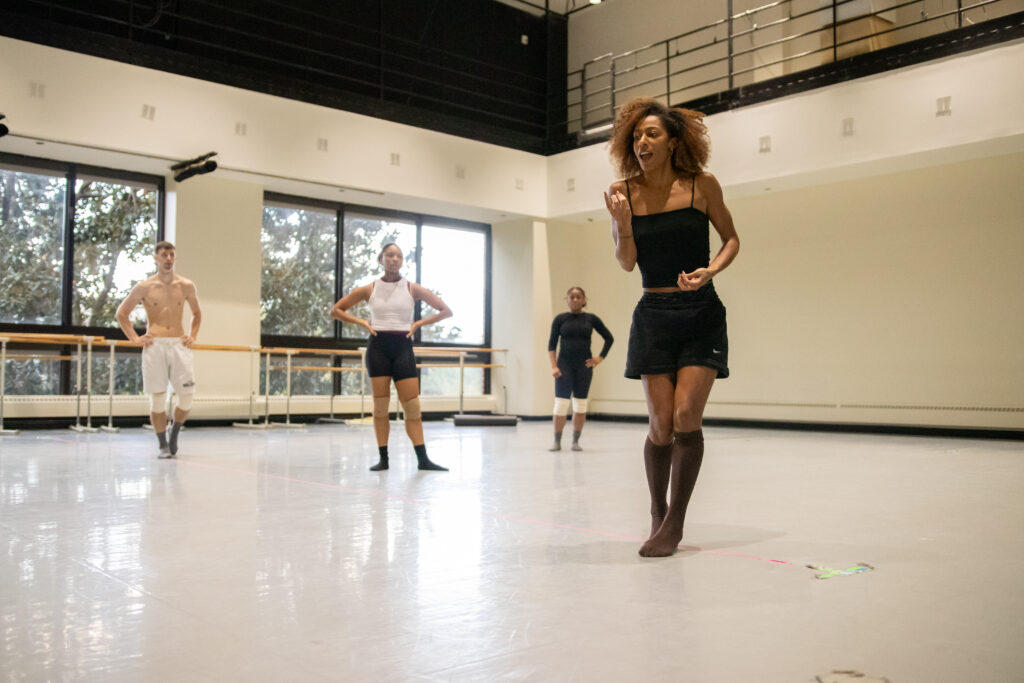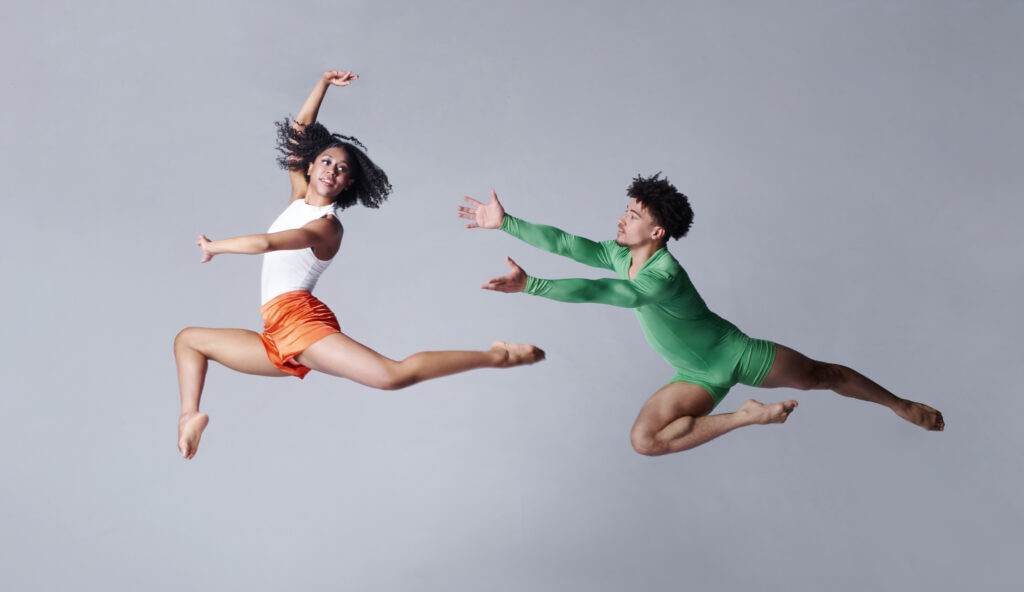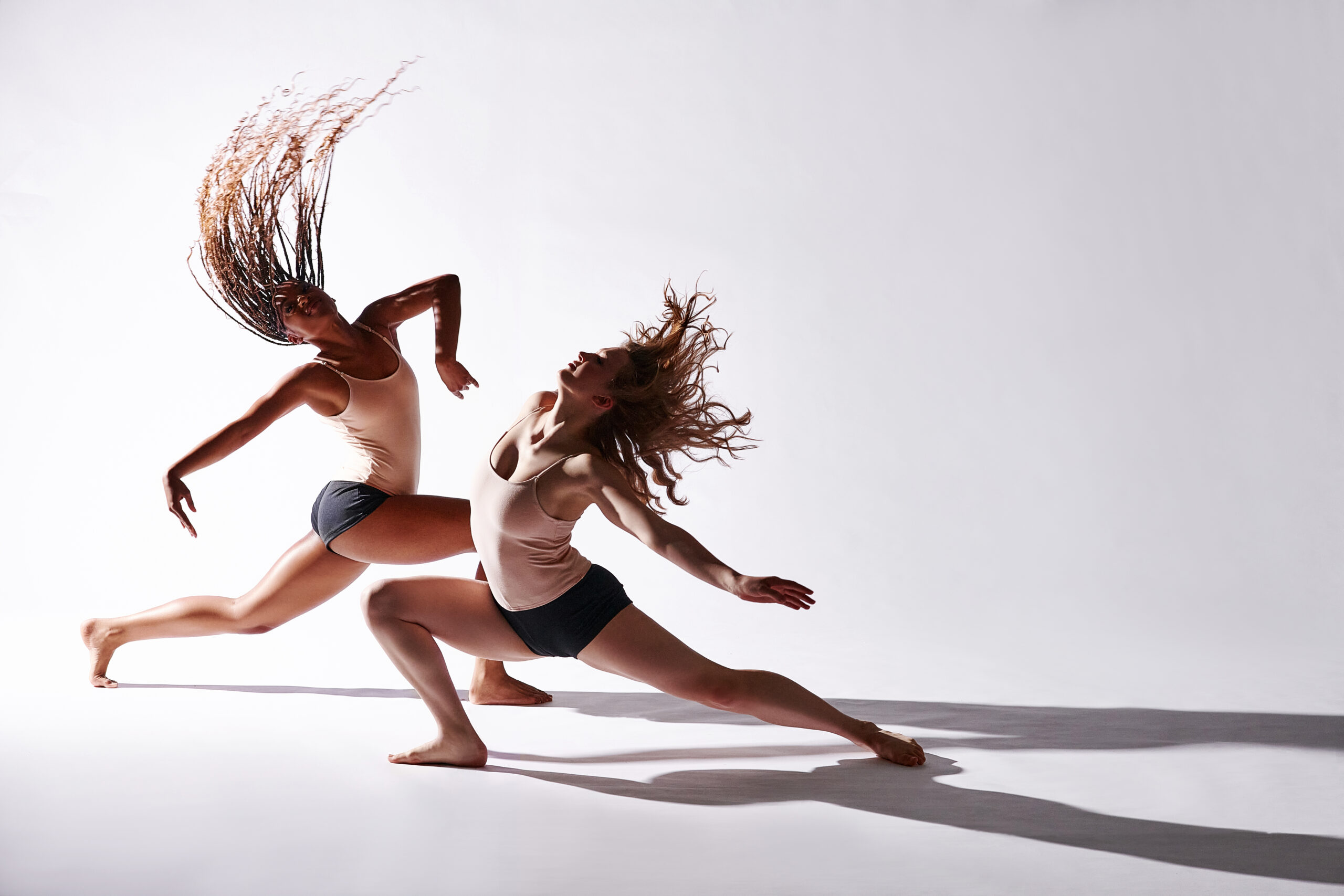How George Mason University Became a Draw for the Biggest Names in Contemporary Dance
No matter how rigorous a curriculum, it’s difficult to create college experiences that truly simulate the day-to-day life of professional dancers. The School of Dance at Mason (George Mason University) in Fairfax, Virginia, however, is proving it’s possible. By the time dancers graduate from Mason’s BFA program, they will have participated in at least one professional artist residency (more likely multiple), performed alongside prestigious touring companies, and experienced firsthand what their dream career would be like.
Located just a short trip from the cultural hub of Washington, DC, Mason frequently hosts artists—from Mark Morris to Robert Battle—who rehearse their work or teach master classes while their companies are in town, performing at the Kennedy Center or the Center for the Arts. Over time, the School of Dance faculty’s vast network, coupled with the program’s growing reputation, has secured artists for longer, more intimate learning experiences. “We’ve all had these wonderful careers and have utilized our own relationships to bring in colleagues from the field who will inspire both ourselves and the students,” says Karen Reedy, current director of the School of Dance. “It’s taken time to build up Mason’s reputation with these major companies and artists, but once they see the caliber of our dancers, they want to come back; nowadays, we’re one of the only student groups that choreographers trust to perform certain works.”
Artists on Site
While the School of Dance offers all the hallmark performance opportunities of a BFA program, like choreography showcases and a spring gala at Mason’s 1,900-seat Center for the Arts, its residency program uniquely bridges the gap between students and professionals. Every semester, professional artists visit the school to audition and cast Mason students in their pieces, some of which are being staged on students for the very first time. Past artists have included Doug Varone and Bill T. Jones, and this school year, Rena Butler, A.I.M by Kyle Abraham, and the Martha Graham Dance Company will be returning.
Residencies are more than just rehearsals; they’re a chance for students to get a taste of company life and get on a first-name basis with some of modern and contemporary dance’s biggest choreographers. Spanning around 8 to 10 days, residencies usually occur during natural lulls in the school calendar, like long weekends and fall or winter breaks, so students can experience the rigor of artistic immersion.
Learning More Than Just Choreography

During a winter break residency, current Mason senior Morgan Olschewske had the opportunity to work with Rena Butler on the very first restaging of Black & White, a duet originally performed by Butler alongside choreographer Manuel Vignoulle.
“I never thought we would restage this piece, let alone on students, but they were so eager to learn,” recounts Butler, who is returning to work with students again this season, this time staging her own choreography. “Originally we had understudies, but we ended up divvying up the performances amongst all the dancers, because they were all able to adapt so readily to the material and borrow details intelligently from each other.”
For Olschewske, who’s pursuing a BFA in dance and a minor in film and media studies, working so closely with Butler was a lesson in both vulnerability and professionalism. “Seeing an industry giant like Butler also be so transparent about the narratives and emotions in the piece was unexpected at first,” she says. “I learned to take accountability for my work like a professional, but also that everyone is human, and it’s okay to have fun in the room.”
Another senior, Nicholas Elizondo, was cast along with Olschewske in Doug Varone’s Double Octet. The large-scale piece gave 24 students—16 performers and 8 understudies—the chance to work up-close with Varone and his company members.
“The residency period taught me how to work smarter, because if I’m going to be using my body for eight hours a day, I also need to know how to recover properly,” Elizondo explains. “Being in rooms with experienced professionals, I’ve been inspired to show up at my best and to embrace the challenges that come with the demanding schedule.”
Beyond the Studio

Oftentimes, completing a residency lines dancers up for even bigger off-campus opportunities. Elizondo and seven other students were invited to perform Double Octet alongside Varone’s company members before presenting it at Mason’s spring gala. Varone later invited Elizondo to work and perform professionally with his company that upcoming summer.
Similarly, Olschewske and other students had the chance to perform a piece by Mason faculty member Christopher d’Amboise at the iconic New York City Center in honor of the late Jacques d’Amboise. Mason students even performed at New York City’s Joyce Theater after Lar Lubovitch himself watched a restaging of his work A Brahms Symphony; he personally invited the students to take part in the final performance of Lar Lubovitch Dance Company’s 50th-anniversary celebration.
A Nurturing Yet Authentic Dance Experience
The School of Dance’s intimate size—the program roughly consists of 80 dancers—means students receive plentiful one-on-one attention from faculty while also being exposed to the realities of professional life. “When guest artists come in, all of our students put on a number and audition for them without any faculty input,” says Susan Shields, School of Dance professor and former director. “There’s disappointment at times, but we as faculty know each of our students well enough to guide them in handling the successes and losses that come with this career.”
As Olschewske nears graduation, she’s excited for whatever comes next. “Being able to ‘try on’ various styles of movement and work through those long days has given my career trajectory a much clearer focus,” she says. “I’ve gotten much more out of my Mason residency experiences than any workshop, because the artists I worked with truly got to know me. I felt what it’s like to have that bit of added pressure from a professional environment.”
Looking to start your own career while still in college? For aspiring George Mason University dancers, Shields shares this audition advice: “The entire faculty is present at our auditions, and aside from talent, we’re watching to see how dancers interact with us. We’re all so generous with our knowledge, and we want to make sure that dancers are eager to learn and open to expanding their ideas of what dance can be.”




